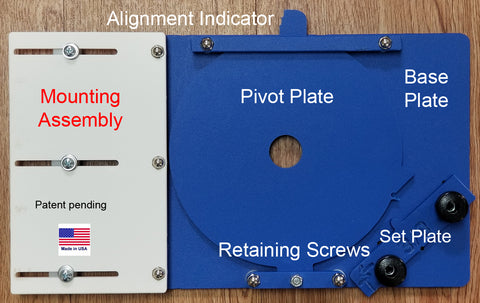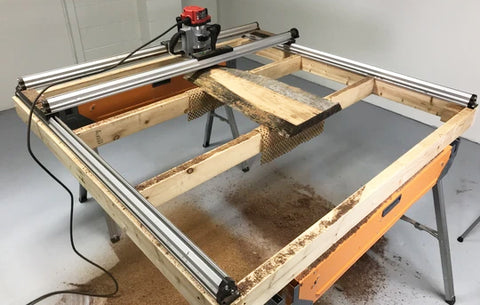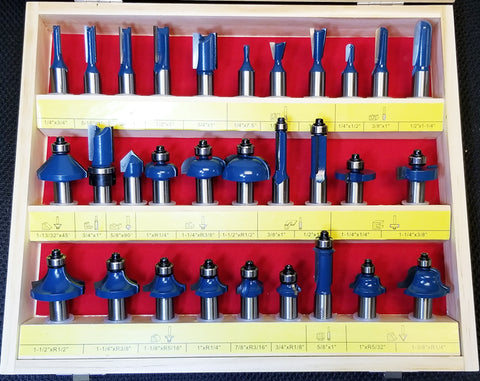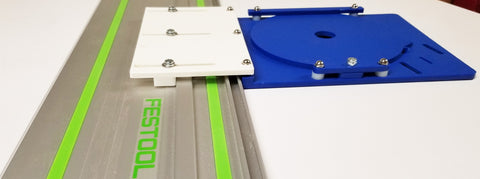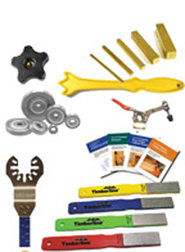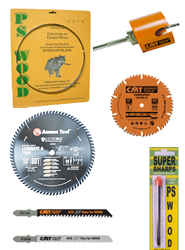10 Essential Tips for Beginning Woodworkers
Woodworking is a rewarding hobby that combines creativity, craftsmanship, and problem-solving. Whether you're dreaming of building your own furniture or just want to tinker in the garage, getting started can feel a little overwhelming. But don’t worry—every expert once stood where you are now.
Here are 10 practical tips to help you begin your woodworking journey with confidence:
1. Start with Simple Projects
Before jumping into complicated furniture or intricate joinery, begin with easy projects like a birdhouse, bookshelf, or cutting board. These help you practice measuring, cutting, and finishing—without a huge time or material commitment.
2. Learn the Basics of Wood Types
Not all wood is the same. Softwoods like pine are easier to cut and great for practice. Hardwoods like oak or maple are stronger but require more effort to work with. Understanding the differences helps in choosing the right material for each project.
3. Invest in Core Tools (Gradually)
You don’t need a full workshop to get started. Start with the basics:
-
Tape measure
-
Square
-
Hammer
-
Cordless drill
-
Circular saw or handsaw
-
Clamps As you gain experience, you can slowly expand to power tools like a jigsaw, router, or table saw.
4. Prioritize Safety
Safety goggles, ear protection, and a dust mask are must-haves. Always unplug tools when changing blades, keep fingers clear of blades and bits, and never rush a cut.
5. Measure Twice, Cut Once
It’s a classic rule for a reason. Double-check all measurements before cutting. Mistakes can be costly in both time and materials.
6. Learn How to Read Plans
Understanding a woodworking plan means knowing how to read measurements, materials lists, and step-by-step instructions. Practice with free plans from beginner websites and YouTube tutorials.
7. Master Sanding and Finishing
Sanding smooths your piece and prepares it for finishing. Don’t rush it—use progressively finer grits. Learn how to apply stain, varnish, or paint for a polished, professional look.
8. Accept Imperfection
Your first few projects might not look like they belong in a showroom—and that’s okay. Mistakes are part of the process and can teach you more than flawless success.
9. Join a Community
Find local classes, woodworking clubs, or online forums. Learning from others, sharing your work, and asking questions will accelerate your growth and keep you motivated.
10. Keep Practicing
Like any craft, the key to improving is consistent practice. The more time you spend working with wood, the more confident and skilled you’ll become.
Final Thoughts: Woodworking is more than just cutting and assembling—it's about patience, creativity, and hands-on learning. With the right mindset and a few basic tools, you’ll be surprised how quickly your skills can grow. Pick up that piece of wood and start building!

